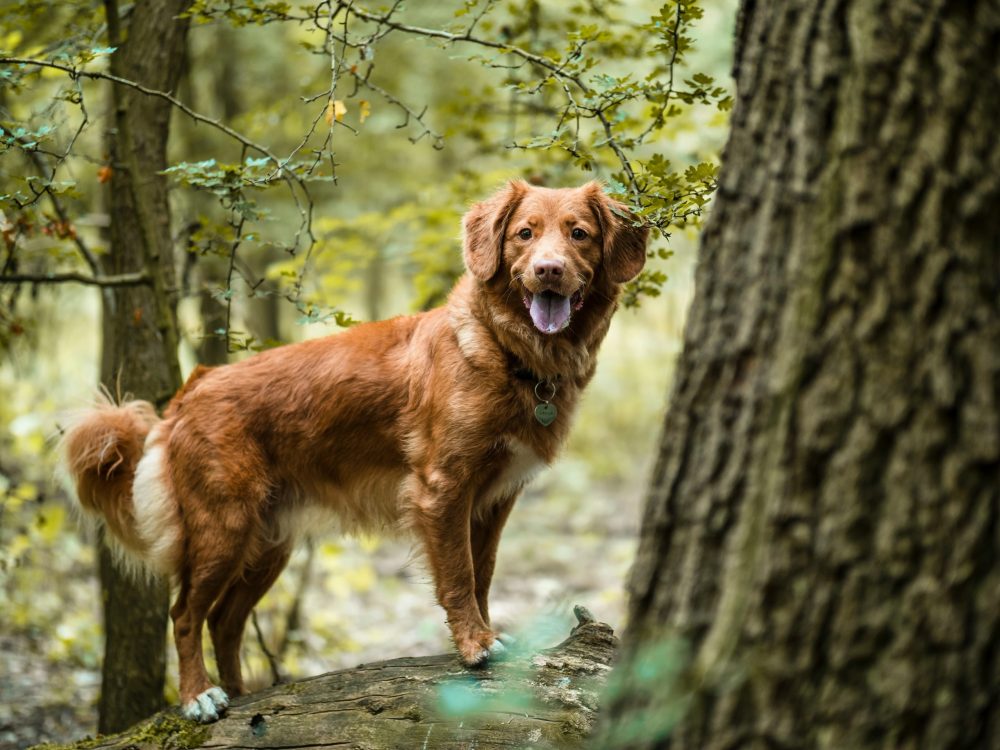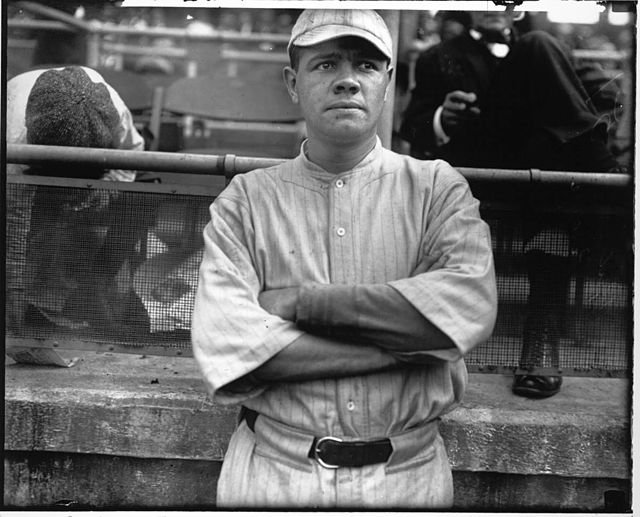
Perplexity is an on-line AI-powered “answer engine” that comes in handy when you’ve forgotten how to divide fractions, spell a word, or need to know who Susan Hayward was. Beyond that, we tend to rely on our own sources to fact check information on a breed: Reference material, breed experts, published books, historic documents, etc. Even then we can get something wrong, and we always appreciate a quiet word on the side to tell us, “You royally messed up, you twit.”
That said, when we can’t find consensus on a topic, we’ll toss the question to Perplexity mostly for grins, but also because its “pro” option provides sources to back itself up. And then we check those sources.
Why we bring this up has to do with a chap whose parents named him George Herman. George was the only boy to survive his parents’ six pregnancies, his sister, Mamie, the only girl, so one supposes both were fighters from the get-go.
George was earmarked to be a shirtmaker, a sedate profession for a kid who’d drunk whiskey and was already chewing tobacco by the time he eight. Not surprisingly, the Catholic reform school to which he’d been sent listed Gorge as “incorrigible.” Life is funny, though, and dark times can provide unintended consequences. It was at the school that George met Brother Matthias, and Brother Matthias taught George how to play a game.
As it happens, George turned out to be pretty good at this game.
The game was baseball, and George’s full name was George Herman Ruth. Yes, that Ruth.
George was so good that he signed with the Baltimore Orioles in 1914, and less than five months later, he was in the majors.
He was only 19 years old.
When the owner of the Baltimore Orioles, Jack Dunn, signed George to a contract, he became his legal guardian since Ruth was still a minor. Young and inexperienced, George followed Jack Dunn around constantly. One can imagine how this was perceived by the older, more experienced players. In short, they kidded George and called him “Jack’s newest babe,” or “Dunn’s new babe.” The nickname stuck, and “Babe” Ruth was born.

A twenty year old Babe Ruth playing as a pitcher for the Boston Red Sox.
Photo by Underwood & Underwood is now in the
Public domain
We’ll leave it to you to research his career, but in short, he transformed baseball from a yawn-inducing game to a display of power-hitting excitement (his lifetime batting average was .342). He set records, many of which stood for decades, and he was credited for saving a sport sullied by the Black Sox scandal. His celebrity was enhanced by a larger-than-life personality, and natural athleticism saw Babe Ruth make the most of life: He golfed, drove fast cars, and bowled, but he was a particularly avid outdoorsman. A passion for hunting and fishing saw frequent visits to Nova Scotia where he fished along the Saint Mary’s River, and got in a few rounds of golf at Ashburn and Digby Pines.
And if you’ve been silently wondering when we get to a dog, or what any of this has to do with an answer search engine – it’s now.
We came across a “factoid” that didn’t square with our previous understanding of when the Nova Scotia Duck Tolling Retriever first came into the United States. We had thought that it was in the 1960s, but a random source actually credited Babe Ruth for having brought the first Nova Scotia Duck Tolling Retriever into the United States in 1935. He had fallen in love with the breed during a fishing and hunting trip to Yarmouth, Nova Scotia, a time when the breed was alternately known as the “Little River Duck Dog” or “Yarmouth Toller.” We don’t know the details of Babe Ruth’s Toller, i.e., the dog’s name, gender or breeder, and while his acquisition brought some attention to the breed, the historically accepted time frame of the Toller’s foothold in the United States (read: the first recorded importations) occurred mostly in the 1960s.
Before then, the Canadian Kennel Club had officially recognized the breed in 1945 and that same year, renamed it the “Nova Scotia Duck Tolling Retriever” to better reflect the breed’s geographic origin and its primary function as a duck toller and retriever.
Little is written about Babe Ruth and the Toller, but his trip to Yarmouth County in 1935 was chronicled by the magazine, Outdoor Life, as was his enthrallment with the Toller’s work ethic and personality. OutdoorCanada also mentions Ruth and his Toller. Our real “find” was spotting a post by the American Kennel Club Library & Archives which mentioned one Col. Cyril Colwell, a breeder and record-keeper of NSDTRs. The post went on to say that Babe Ruth had hunted over one of the colonel’s Tollers, “Rusty” which is likely how Ruth became smitten with the breed.
We had no reason to doubt the veracity the dates, but for grins, we ran the question by Perplexity, and sure enough, it settled the matter. If nothing else, however, Toller owners can brag that the one and only Babe Ruth was a Toller owner.
